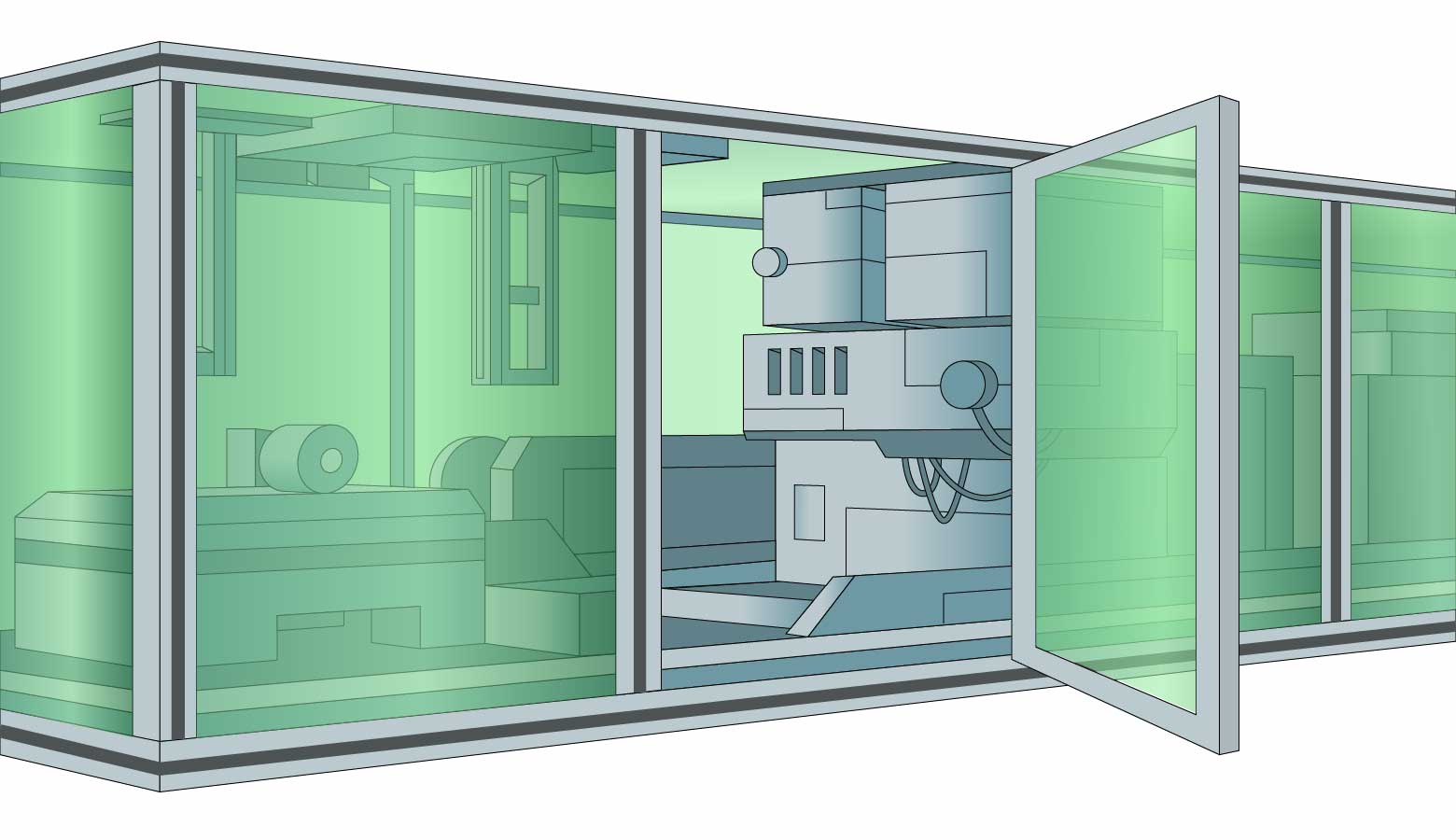To determine which laser safety window to buy, refer to the following criteria:
1) Wavelength of the laser.
2) Level of Protection. Determine what protection level is needed based on the laser's output. To identify the recommended Optical Density (OD), ask your Laser Safety Officer, Contact Us, or call us directly at 1-888-752-7370 to speak to our in-house laser safety expert.
The needed OD is ultimately a function of both the laser being used, and what the laser needs to be reduced to. This is known as the Maximum Permissible Exposure (MPE).

Optical Density (OD) refers to the amount of light attenuated by a lens and ultimately let through to hit the eye. Different lasers (and corresponding wavelengths) have different impact on the human eye (the ANSI has created standards and published them based on research). If there is any difficulty in knowing the appropriate optical density needed for your glasses or laser safety protection, call us at 1-888-752-7370 to speak to our in-house laser safety expert.
We have included a diagram to aid you in common industry notation. Kindly note that some assumptions have been made for diagrammatic purpose (the photons depicted are not drawn to scale).

Visible Light Transmission (VLT) – Color and visibility of specific color ranges often are significantly affected by laser glasses and goggles. Think about sunglasses - when wearing sunglasses to block the sun, (often less expensive) sunglasses do an effective job of blocking the sun. However, everything is much more difficult to see because not a lot of light generally is coming through. Other times with (typically more expensive) sunglasses, the sun is blocked and everything else looks very similar to how it would without the glasses. The image below is a relative comparison of visual light transmission.

Here are a few comparisons of common laser safety windows:

| Class 4 Lasers | Yes | Yes | No | |
| Typical Classification of Laser | Ultra-Violet, Visible Light, Near and Far Infrared (IR) | Infrared | Low-level Ultra-Violet, Low-Level Visible Light | |
| Custom Sizing | Yes | Yes | Yes | |
| Price | Higher | Higher | Lower | |
| Optical Density[ii] | Higher | Higher | Lower |
[i] Outside of the context of laser safety, Optical Density more commonly refers to the refractive index, and the term ‘absorbance’ is used in lieu of what is referred to as ‘optical density’.
[ii] Optical Density refers to a general trend should look at the specifications of the windows before purchase.
Common Questions:
Question: If I have a laser safety window, do I need laser safety glasses?
Answer: Yes! According to laser safety standards and best practices, when working with a class 3B or class 4 laser, appropriate laser safety eye protection must still be worn. If you have questions about your particular system, please give us a call.
Question: Is twice the thickness twice the protection?
Answer: No. For most windows a certain amount of dye is in each laser safety window, and the specifications are the same regardless of the thickness. Different thicknesses are simply to enable the window to fit into different places.
If you are unsure or have any additional questions, reach out to your Laser Safety Officer or to our team.


